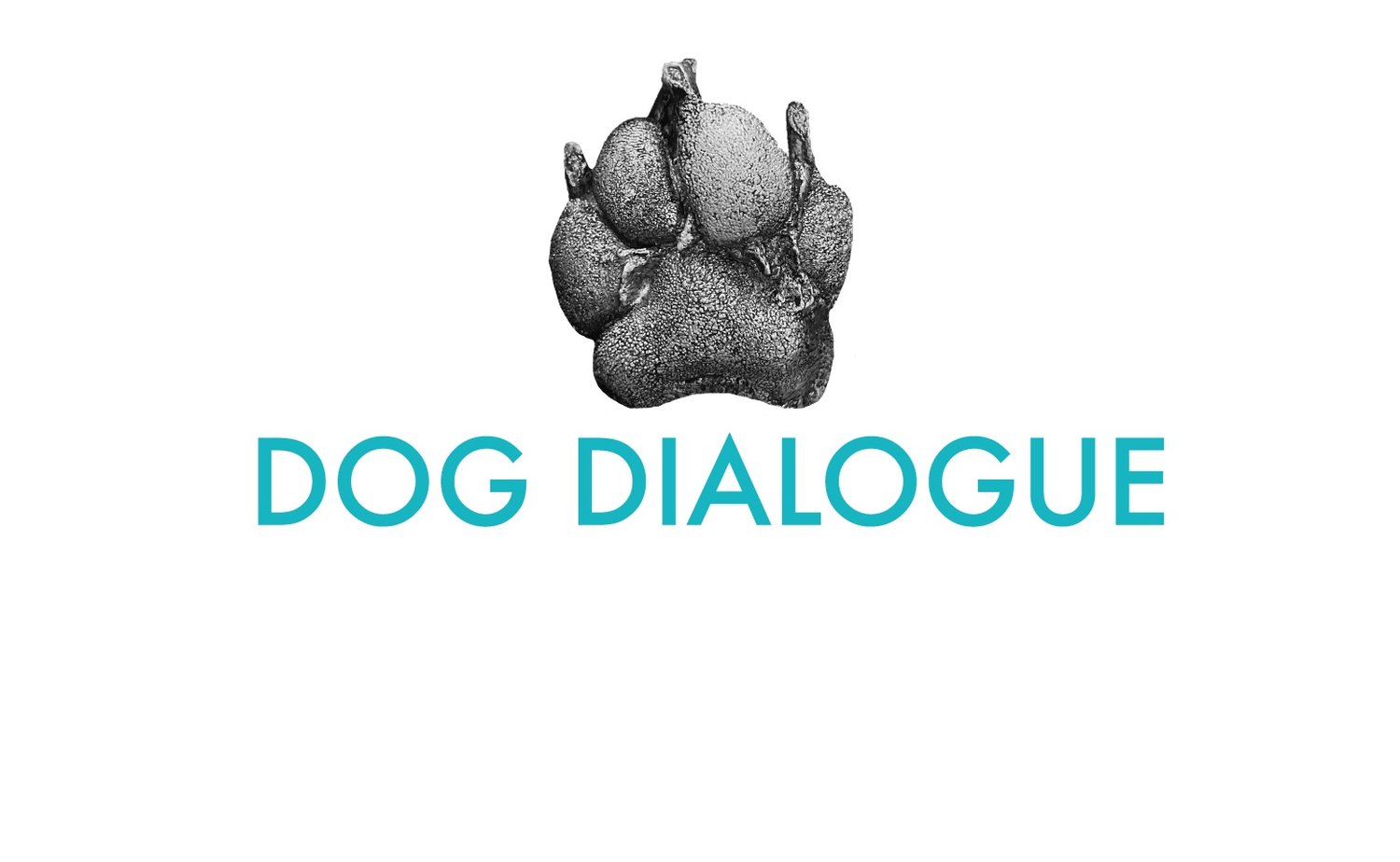Understanding Dog Reactivity
Understanding Dog Reactivity: Why It Happens and Why It’s Important to Address
Does your dog bark, lunge, or growl at other dogs, people, or moving objects during walks? If so, you might be dealing with reactivity—a common but often misunderstood behaviour in dogs. While it can feel stressful or even embarrassing for owners, the good news is that reactivity is both manageable and treatable with the right approach.
At Dog Dialogue, we believe reactive dogs aren't “bad” dogs—they’re simply dogs who are struggling to cope. Understanding what reactivity is and why it's important to address it can make a huge difference in your dog's quality of life—and yours too.
What Is Dog Reactivity?
Dog reactivity is an overreaction to a specific stimulus, such as another dog, a person, cars, bikes, or even noises. It often presents as barking, lunging, growling, or intense staring, especially when your dog is on a lead and unable to escape or approach the trigger in their own way.
Reactivity is typically rooted in fear, anxiety, frustration, or lack of socialisation, not dominance or aggression. It’s your dog’s way of saying, “I don’t know how to handle this situation.”
Why Does Reactivity Happen?
Some of the most common causes include:
Fear or Anxiety: Often from negative past experiences or insufficient socialisation during puppyhood.
Frustration: Especially in dogs who are eager to greet but are held back by a leash or barrier.
Overstimulation: High-energy dogs who become overwhelmed or overly aroused by exciting environments.
Genetics and Temperament: Some breeds or individual dogs are naturally more alert or sensitive.
Pain or Medical Issues: Underlying physical discomfort can heighten a dog's reactivity.
Why It’s Important to Address Reactivity
1. Improves Safety:
Unmanaged reactivity can escalate into aggressive behaviour or dangerous situations. Addressing it early helps prevent injury to your dog, you, or others.
2. Reduces Stress—for Both of You:
Reactivity can make everyday outings stressful or unpredictable. Helping your dog stay calm makes walks more enjoyable and improves your bond.
3. Supports Better Social Experiences:
Whether you want to visit the park, have guests over, or simply walk around your neighbourhood, a non-reactive dog is more welcome and adaptable.
4. Prevents Behaviour from Worsening:
Reactivity doesn't usually go away on its own—it tends to get worse without training. The longer it continues, the more deeply the behaviour becomes ingrained.
5. Builds Confidence and Trust:
When your dog learns new, calmer responses to their triggers, they become more confident and secure. It also helps you rebuild trust in your dog's behaviour.
How We Can Help
At Dog Dialogue, we specialise in working with reactive dogs using positive, science-based training methods. Our training focuses on:
Identifying your dog’s triggers
Teaching alternative behaviours
Using desensitisation and counter-conditioning
Helping both you and your dog feel more in control
Whether your dog reacts to other dogs, people, or distractions on walks, we can create a customised plan to help manage and reduce their reactivity over time.
Final Thoughts
Reactivity is not a life sentence. With patience, consistency, and the right support, reactive dogs can learn to stay calm and focused—even in situations that once overwhelmed them.
If your dog is showing signs of reactivity, don’t wait. Contact us today to book an assessment or behaviour consultation. Let’s work together to give your dog the calm, confident life they deserve.
